Rubber crumb tiles - technology for laying rubber modules and piece tiles
We are used to the fact that rubber mats as flooring can only be found on street sports or children's playgrounds. But this is a unique material that has an elastic surface that softens falls. This property can also be used in residential premises, for example, in a children's room for decorating a play area, in the bathroom, in the kitchen, in the home gym. In addition, rubber coatings are durable, they do not break, do not break and do not wear out, so they are great for verandas, balconies, and terraces.
Options for rubber floor tiles
If you decide to decorate the floors with rubber tiles, then there are two options for you:
- rubber rectangular or square modules
- piece tile
Rubber modules are more suitable for decoration of workshops, garages or technical rooms, due to its simple appearance. They look like regular rubber mats (gray or black).
In production, the rubber mass is formed into a web, which is then cut into individual modules. From these modules you can assemble a floor of any area, starting from a small garage room and ending with a sports ground.
Rubber tile, in terms of design, is much more interesting. By the way, some design experts believe that in the near future it will make a worthy competition to the traditional tile. It can be made in the form of squares, pavers, hexagons - in general, of very different shapes.
As for the texture, it can be smooth, and rough and even loose, imitating the surface of the earth. A variety of modern dyes that are added to the base rubber mass, you can get a tile of all colors of the rainbow.
We bring to your attention a video on how such tiles are made:
Materials for manufacturing - synthetics or naturalness?
When choosing a rubber floor, you should also pay attention to the origin of the source material for the tile. The rubber obtained by processing natural rubber, of course, is environmentally friendly, but expensive. Cheap raw materials are synthetic rubber, which is made from various chemical compounds (isoprenes, butadiene-styrenes).
Rubber tiles are most often made from crushed rubber crumb - a secondary raw material obtained from the processing of worn-out car tires (which can be both natural rubber and artificial). To the crumb rubber add color dye pigment and polyurethane compounds that bind all the elements in one rubber mass.
On which surface can such tiles be laid?
The basis for rubber floors can be almost any surface: concrete, cement screed, plywood, self-leveling floors, sand and even earth. The only thing is that the surface should be relatively flat, without large differences in height, otherwise the lining with rubber tiles will look messy.
Technology for laying rubber modules
Before starting work on the installation of rubber modules in the room, it is necessary to carefully check the rough coating. Old and brittle floors should be replaced, and significant differences in height should be leveled.
If it is necessary to replace the old cement screed, it is better to use modern self-leveling mixtures. Wooden floors, before laying rubber tiles, are covered with moisture-proof plywood.
After the surface is prepared, it is not difficult to lay the modules. This happens because in the original design of the rubber bands lock systems of connection are provided. They allow you to connect tiles quickly and easily, like a children's puzzle. Moreover, these compounds are strong enough and additional fastening means are not required.
In extreme cases, if it seems to you that the tile can move, apply contact or neoprene glue to its inner surface. Press the tile to the surface with force - after that it can no longer be moved.
Modular rubber tiles are available in different sizes and shapes, so often it is not necessary to cut it during installation. Of course, this will require a careful calculation of the area of the facing surface, the right choice of sizes and number of rubber modules.
How to lay piece tiles?
Installation of ordinary rubber tiles made of rubber crumb practically does not differ from the laying of ordinary ceramic tiles. A primer layer is applied to the prepared surface, and after it is dried, tiles are laid out without gluing.
This is necessary to know in which places the tile will require trimming. By the way, cutting such a tile is best done with a conventional jigsaw.
Rubber tiles are laid apart with each other, using special glue for rubber to fix. Glue is applied both to the tile and to the base. After he grasps a little, the tile is laid on the base and pressed on top with a load.
To adjust the thickness of the joints between the tiles, plastic crosses are used. After finishing the lining and full adhesion of the tiles to the surface, the crosses are removed, and the resulting seams are smeared with special grouts.
That's all the secrets that will allow you to get a soft, shockproof coating of rubber tiles that will last you at least 10 years, even on an open balcony! What can we say about the interior decoration - here, in the conditions of a house or apartment, a rubber floor will delight you exactly as much time as you want!

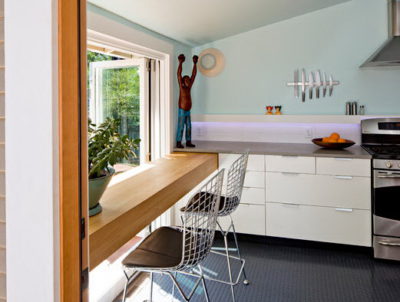
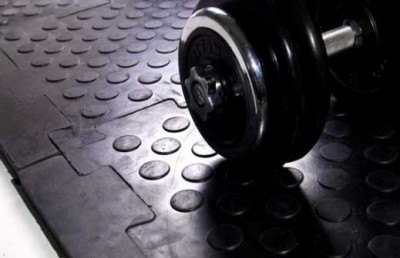
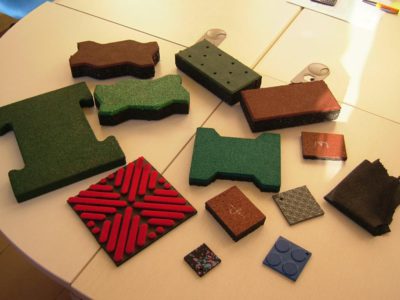
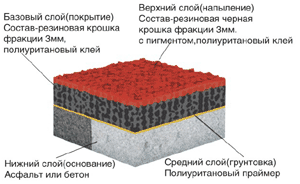



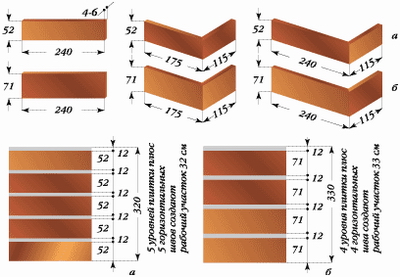
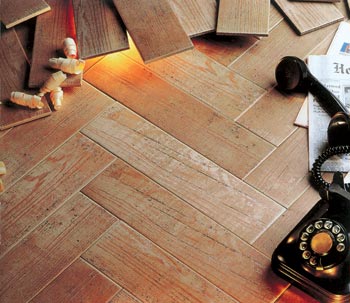
4 comments